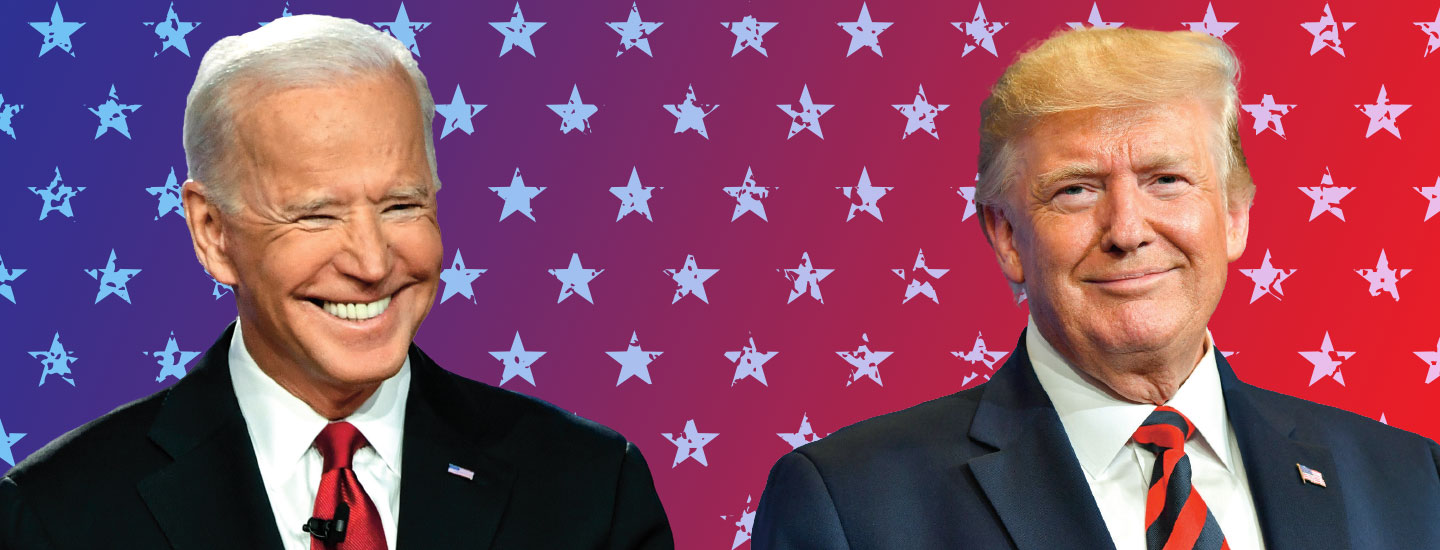Every four years, Americans cast their vote for the next president. But the election isn’t over once the popular vote is tallied. On December 14, the Electoral College will vote to officially elect the president.
The Electoral College has 538 electors. Each state has two slates, or groups, of electors chosen by both the Republican and Democratic parties. How many electors a state gets corresponds to the number of members of Congress it has. There’s also three from Washington, D.C.
Every four years, Americans vote for the next president. But the election isn’t over when the ballots are counted. On December 14, a group called the Electoral College meets. They vote to officially elect the president.
The Electoral College has 538 members called electors. Each state has two groups of electors. The Republican and Democratic parties each choose some. Different states get different numbers of electors depending on how many members of Congress they have. There are also three electors from Washington, D.C.

